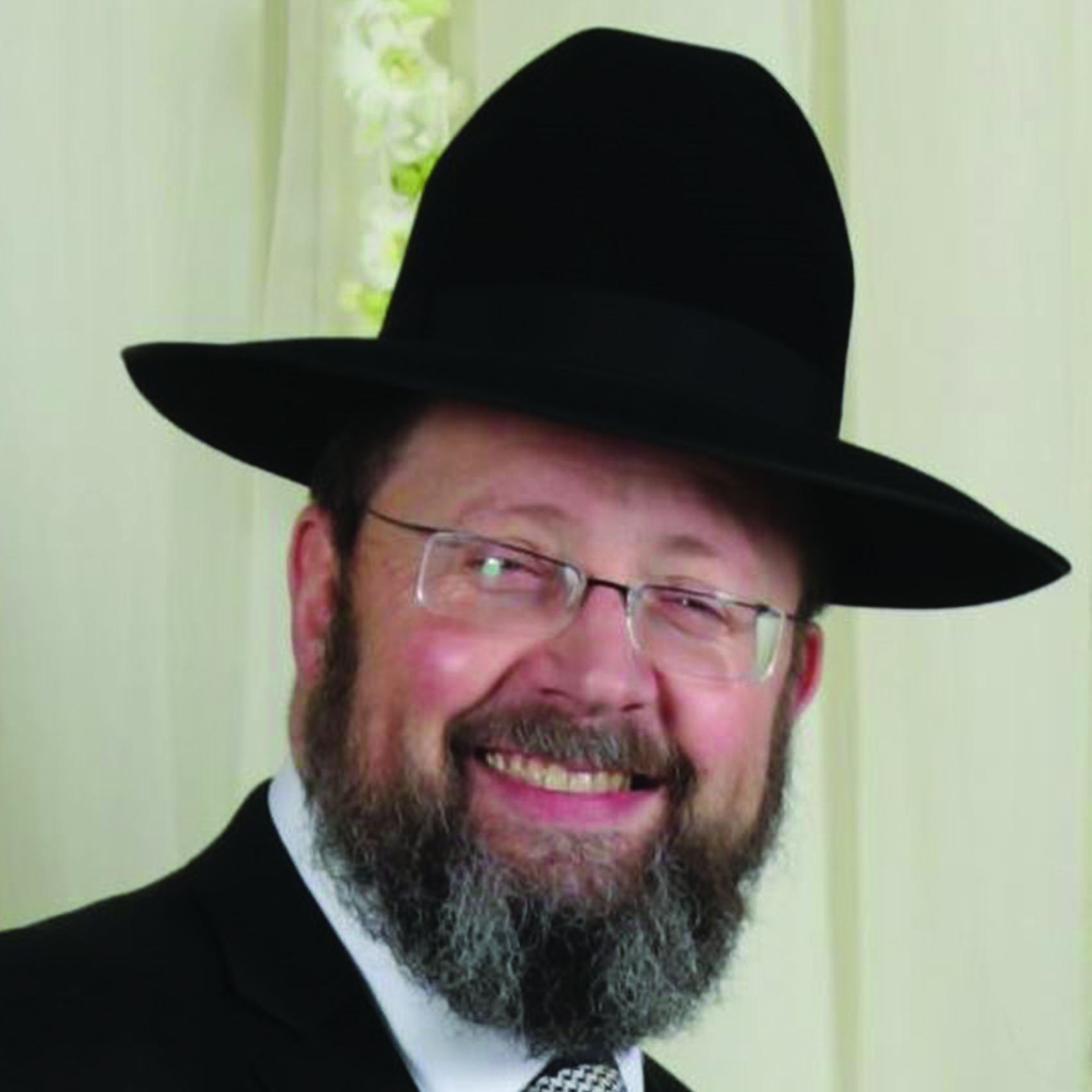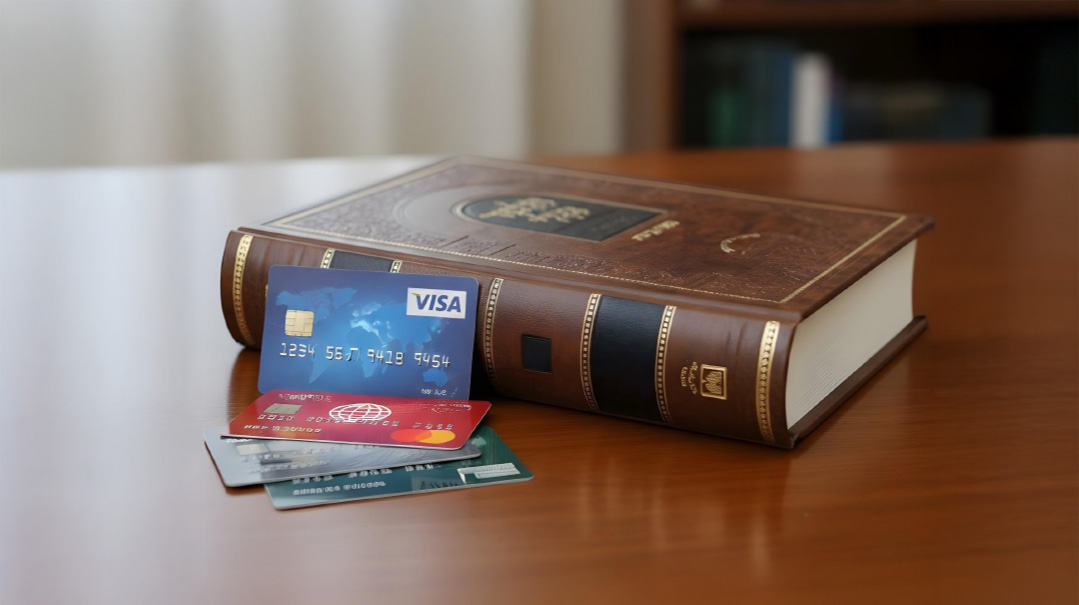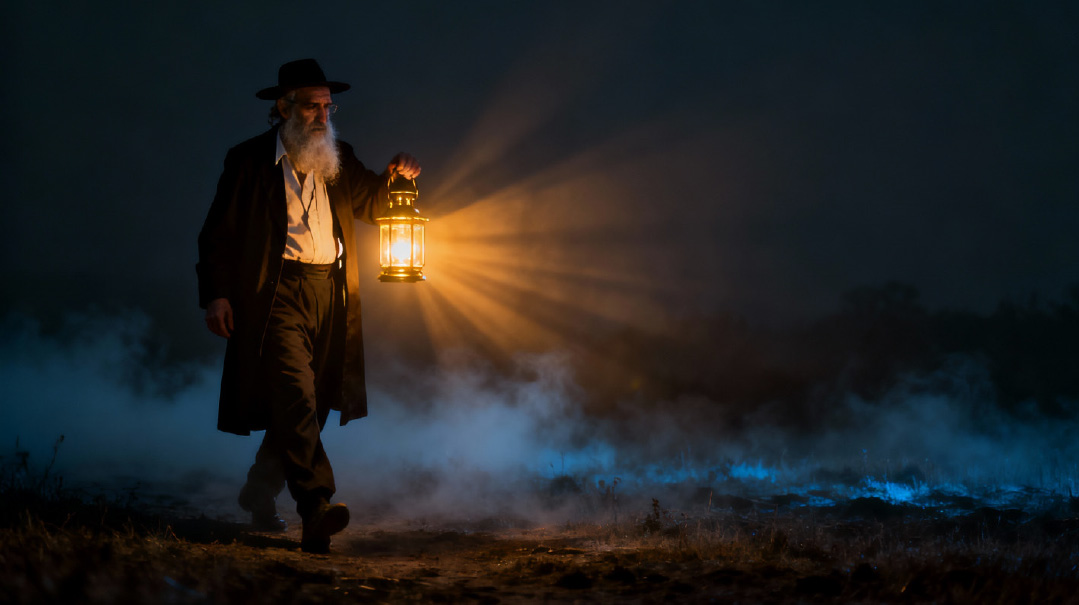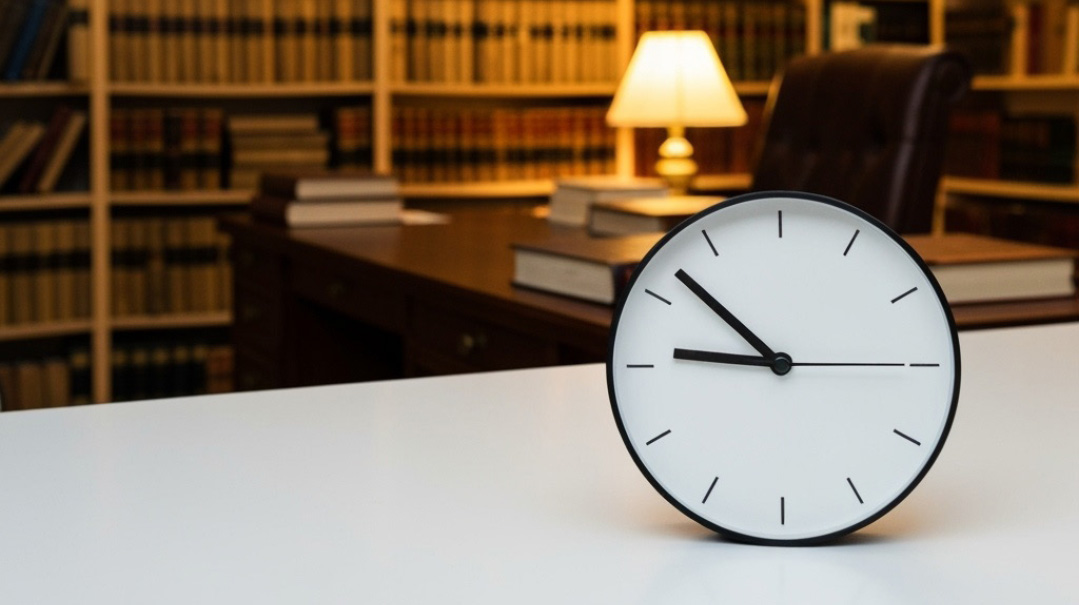Part and Apart

This is the type of kiddush Hashem role modeling that brings the value of chesed to the entire world
T
here is nothing more frustrating than finishing a presentation or speech and realizing that you forgot to include an important part. You can’t really get up and say, “Wait! Just one more thing!” So you are instead left holding this idea of urgent importance. And this anguish is amplified exponentially, obviously, when the presentation is given at a major forum such as the Agudah convention.
Well, that is the frustration I am currently feeling, so if I may beg your indulgence of just a few minutes, please allow me the use this forum to add that missing piece. It will be ever so cathartic… for me, at least.
I was delivering a presentation on “Orthodox Optics,” on how we present ourselves to the world at large. I noted a clear contrast between the two paragraphs of Aleinu.
The first celebrates how we are distinct and unlike our neighbors: “shelo asanu k’goyei ha’aratzos, v’lo samanu k’mishpechos ha’adamah; shelo sam chelkeinu kahem….”
The second paragraph, however, conveys our concern for their destiny: “l’sakein olam b’malchus Shakkai, v’chol bnei vasar yikre’u vishmecha, l’hafnos eilecha kol rishei aretz, yakiru v’yedu kol yoshvei seiveil… ki lecha tichra kol berech, tishava kol lashon…vi’kablu chulam es ol malchusecha…”
In fact, this contrast is manifest in our introduction to Avraham Avinu, wherein Hashem first endows him with his mandate — which becomes our inheritance. Lech lecha mei’artzecha… leave behind your land, birthplace, and home, because that entire culture is no longer yours — you will no longer be part of that world. Yet at the very same time, Avraham, you will be a vehicle for My message to the entire world — “v’nivrechu becha kol mishpechos ha’adamah.” The entire world will be blessed by your message and your legacy. You, through your descendants, will serve as an “ohr lagoyim,” as mentioned in Yeshayahu chapters 42 and 49.
But how do we strike this balance between, on the one hand, separating, and on the other hand, influencing? Are we part or apart?
In fact, the two mandates are not merely complementary; the first actually facilitates the second. Think of it this way. You have a rosh yeshivah, rav, morah, or mentor who acts respectfully and elegantly, whom you admire greatly. He or she serves as your role model for how one should act and what one should value. Sure, he or she maintains a distance, but you appreciate that distance. You need not know the nitty-gritty details of that person’s life. Kevod Elokim haster davar. The distance is what generates the respect and thus the possibility for influence, of serving as a role model, standard bearer, and benchmark.
“Aleinu” facilitates “V’al kein.”
In terms of chinuch, however, I think we do a lot better job of conveying the “Aleinu” message than the “V’al kein” message. Our children are correctly taught “shelo asanu” but I fear not enough “v’chol bnei vasar yikre’u vishmecha.” And it is absolutely critical that these two messages be taught in tandem, because placing too much stress on the former risks downplaying the latter. Those segments of our society that emphasize the former must always bear in mind the importance of the latter.
That was the essence of my message, but the bit I forgot is the following incredible example of positive hashpa’ah through role modeling.
My cousin Rav Nochum Lehman fits the image of a long-term kollel yungerman perfectly. He learned many years in kollel in Beis HaTalmud in Bensonhurst with Rav Yisroel Ehrlich shlita. He still lives in a rented house in Bensonhurst and sports a scraggly beard. You can’t get any better yeshivish credentials that those.
However, some 25 years ago, his chavrusa became blind. Reb Nochum, who has an aptitude for computers and was teaching himself programming on the side, decided to research the technologies available to the blind community, to allow his chavrusa to continue learning independently. None worked properly, but with tinkering, adaptations, know-how, and “hartz,” he successfully created a means to allow his chavrusa, who is now a maggid shiur, to learn.
People heard about Reb Nochum’s innovation and asked him to help with other disabilities. One thing led to another, and CSB Care was founded, an organization that produces countless aids for people with a host of disabilities, including hundreds of copies Braille Mishpacha magazines each week for the blind community’s enjoyment (produced and distributed free of charge).
Eventually Reb Nochum was asked to help those suffering from late-stage ALS (also known as Lou Gehrig’s disease), who are almost completely locked in; they can only move their eyes. These individuals communicate through eye-tracking systems. The patient stares at a computer screen, a camera reads where he is looking, and moves the mouse accordingly. Insurance companies pay upwards of $30,000 to buy these machines, but making them functional for each patient requires dozens of hours of training, tinkering, and adapting.
In the non-frum world, such support was essentially nonexistent, making the machines basically worthless. Reb Nochum, however, took the time and effort to make the systems viable for each of the frum people who need them — most notably Reb Avrohom Dovid Weisz (who has finished Shas several times with the machine and has taken all the Dirshu tests), the Kalover Rebbe, and Reb Yitzi Hurwitz, all of whom were able to function and communicate because of Reb Nochum’s dedication.
At one point, a secular Jew heard about Reb Nochum’s work and decided to pay someone to follow him around for six months to see if what he was doing for the frum community could be scalable to the general population. After just three months, it was decided that this could and must be done.
An organization called Bridging Voice was thus born, and it now serves some 1,500 ALS sufferers in 49 states. Governor Phil Murphy of New Jersey personally gave a sizable donation to Bridging Voice and arranged for all ALS patients in his state to be serviced by the organization. Maryland has followed suit as well.
This is the type of kiddush Hashem role modeling that brings the value of chesed to the entire world. How many times have we heard of non-Jews expressing amazement at the work of Hatzoloh and Chaverim? I’m waiting for the day when they decide to follow suit for their own communities.
Perhaps the Latino community could start its own Chaverim. Amigos?
Rabbi Avrohom Neuberger is the rav of Congregation Shaarei Tefillah of New Hempstead and the author of Positive Vision, a Chofetz Chaim Heritage Foundation project (ArtScroll/Mesorah).
(Originally featured in Mishpacha, Issue 939)
Oops! We could not locate your form.






